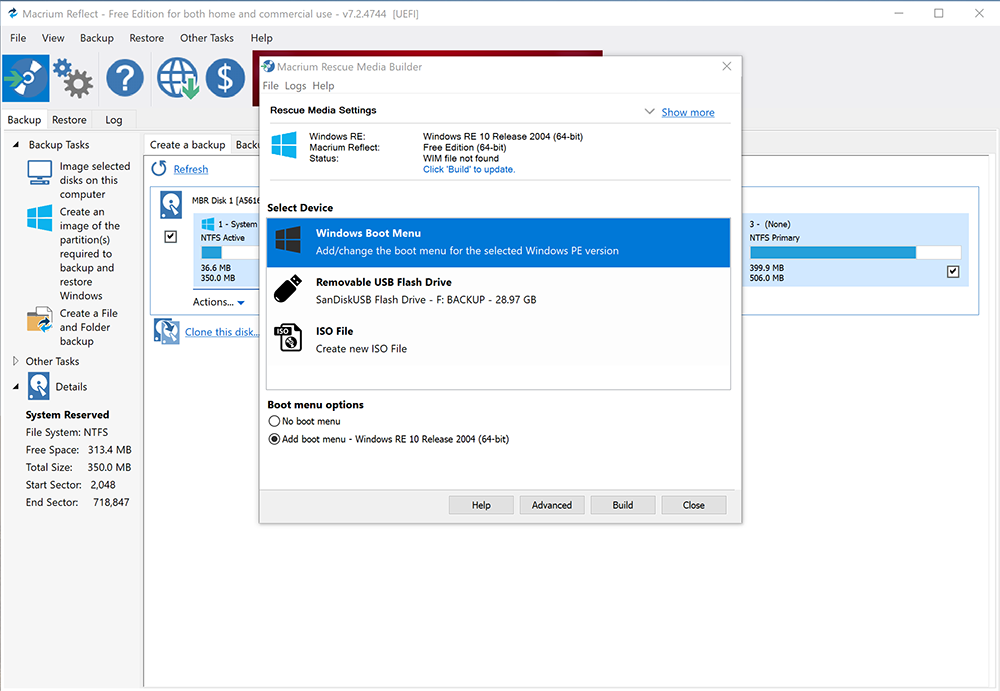
Navigate to the Macrium Reflect website. Launch your web browser from the Start menu, desktop or taskbar. The first step is to install Macrium Reflect on your PC. If you want to create scheduled images, whether incremental or differential, you'll have to upgrade to a paid plan. Macrium Reflect 187 Paid Proprietary Disk Imaging Tool Windows Protect your data, upgrade your hard disk or try new operating systems in the safe knowledge that everything is securely. Everything is laid out into numbered steps. Macrium Reflect has a free version that works great for casual users who want to make a single, full image of their hard drives. This little tool is free and portable with a few very handy features such as being able to read and create images from more than one USB flash drive at once and also write a single image back onto more than one flash drive at the same time. See at Acronis (opens in new tab) Download Macrium Reflect For just the cloning and imaging software, you'll spend about $40. There are a few buying options to choose from when it comes to Acronis - there is also a 30-day free trial (opens in new tab) - including subscription options that come with 50GB or 1TB of cloud storage. 
See at AOMEI (opens in new tab) Acronis True Image Its UI is super simple to use, and you can even set an automatic file sync that will keep your backup up to date.

Like Macrium Reflect, there is a fully-functional, free version of AOMEI that lets you create system images, back up hard drives, and clone drives. We've been using Macrium Reflect for a while and so far haven't found a reason to switch, but there are also plenty of other imaging options out there, including one built right into Windows 10.






 0 kommentar(er)
0 kommentar(er)
